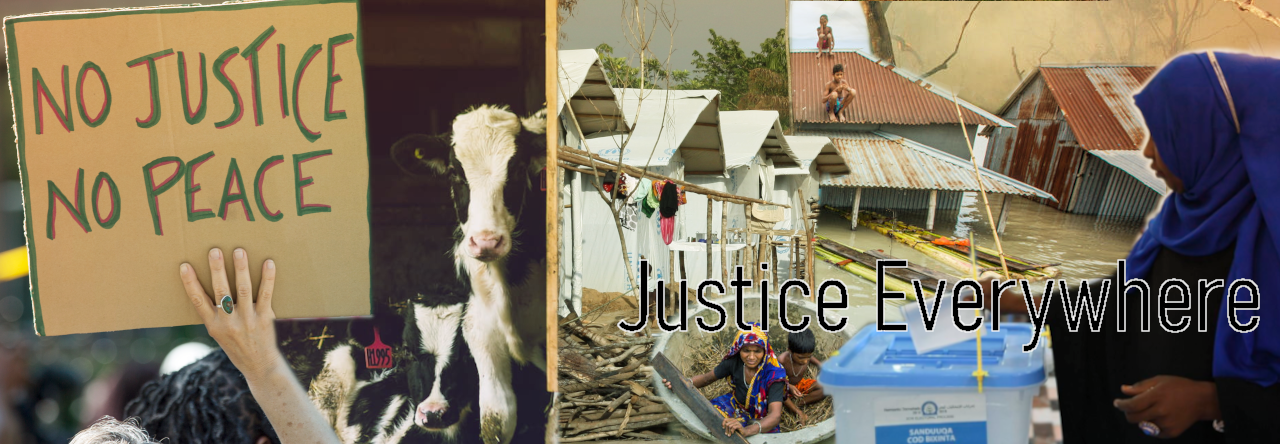Is the criminal law the best tool to fight discrimination and hate-based violence?
In the past few months, a central topic of discussion in Italian public debate has been the Ddl Zan, a proposed bill to combat discrimination and violence on the grounds of sex, gender, gender identity, sexual orientation and disability. The bill does not create any new crimes but extends to these categories existing criminal legislation that currently covers discrimination and violence on the grounds of racial, ethnic and religious reasons as well as incitement to commit such acts. Such acts of discrimination and violence and their incitement can either be punished with a fine or a prison sentence to up to 4 years or, in case these actions already constitute a more serious crime, the penalty can be increased to up to double. The Ddl Zan also includes measures to support victims as well as broader initiatives to fight discrimination and inequalities, including the creation of a National Day against homophobia. Unsurprisingly, the bill has been the object of a heated debate. The LGBTQ+ movement and the majority of the feminist movement as well as other progressive forces are fighting for its approval, while conservatives argue that the bill endangers freedom of speech and imposes a supposedly divisive worldview. Setting this aside, I want to address another issue in connection to this bill, namely that of whether the criminal law should be regarded as the right instrument to fight discrimination and this kind of violence.







